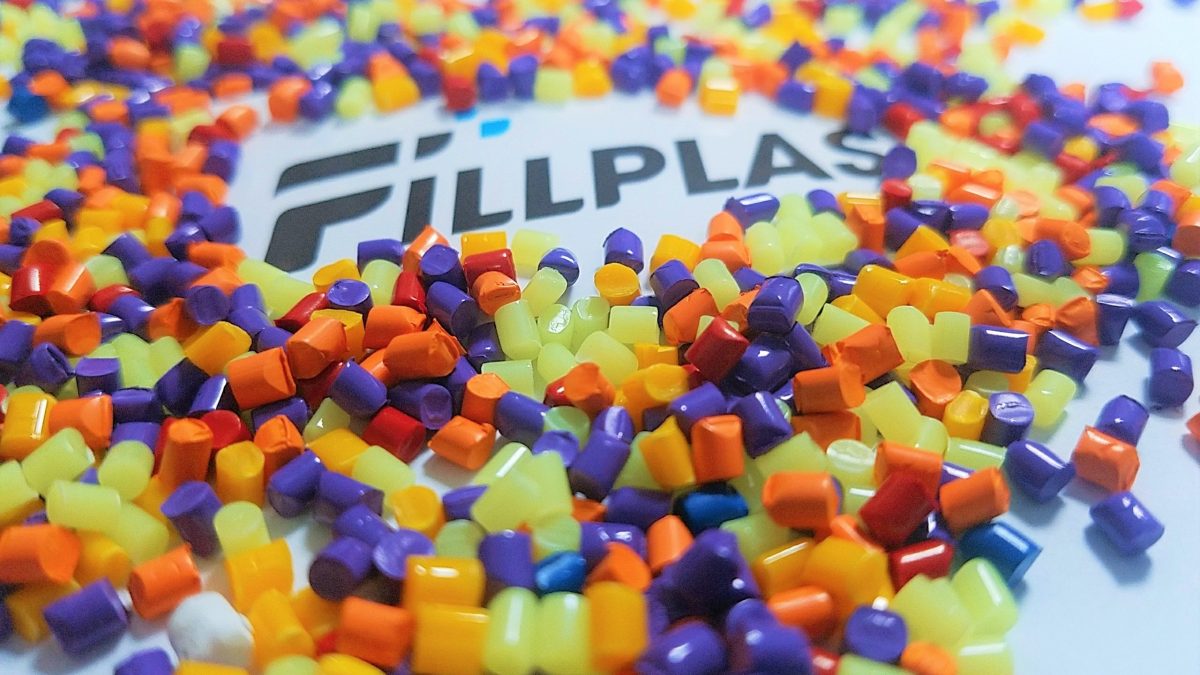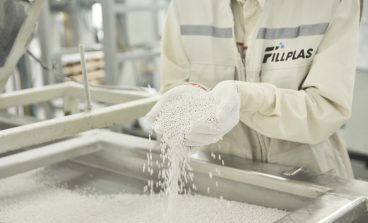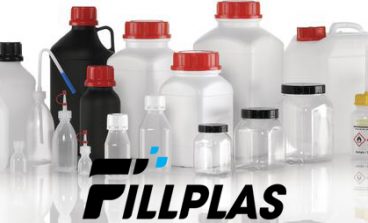
COLOR MASTERBATCHES IN MOLDING APPLICATIONS
INJECTION MOLDING
One of the most common ways in which plastics products are made is by injection molding. In this process, the material (in this case the polymer masterbatch) is fed into a heated barrel where they are melted and then ‘injected’ in the chosen mold to take the desired shape of the object. Practically all the plastic products made today are manufactured by injection molding. It’s from the smallest household item to car bumpers and more! Injection molding is widely used in the manufacturing industry and with the use of newer technology like 3D printers; its applications continue to widen.
It is extremely important that the masterbatch used to be of a specific and high-quality in order to yield the best product – not just in terms of looks but also its functionality. Black, white and customized color masterbatches are including special effects additive masterbatches for injection molding.
BLOW MOLDING
Blow molding is the process by which hollow plastic items are made. Whether it is the plastic bottle you carry to work, the biscuit container in your kitchen cupboard; or the tube of toothpaste you regularly squeeze – blow molding is used to produce a variety of plastic products and mostly using our masterbatches!
With blow molding masterbatches, there is great emphasis on the safety of the polymers, since they will be used to handle food and consumable items. Masterbatches also need to be suitable for the types of blow molding to be performed. It includes Injection blow molding, Extrusion Blow molding or Stretch blow molding.
IN EXTRUSION APPLICATIONS
FILM EXTRUSION
Film extrusion is the method by which plastic shopping bags or packets are made. Generally, these are made using the blowing technique, in which the polymers are heated, passed into the die or mold and then filled with air until they expand by many times. The inflated ‘bubble’ is then collapsed rendering two separate sheets.
Depending on the polymer masterbatch used, the film produced will have specific qualities like the tensile strength, flexural strength, visual appeal, and toughness. The way colors are customized and the additive masterbatches used also greatly determine the quality and features of the end product.
SHEET EXTRUSION
In an increasing number of ways – clear plastic is slowly replacing the glass. Acrylic sheets, as they are called, are now used in window panes, photo frames, on table-tops and as laminates where previously people preferred glass. The process by which plastic sheets are made is called sheet extrusion.
Plastic sheets can be further morphed or thermoformed into various articles – food trays, cups, signage items and more. Each of these items requires specific masterbatches.
WOVEN SACK EXTRUSION
PP or PE woven sacks are now the norms for storing and transporting many goods – from food grains to fertilizer. Their water-proof nature, tensile strength, and durability make them excellent packaging materials. Woven sacks made from PP or PE filaments can also be endlessly customized when it comes to color, label or other branding devices.
Depending on customer’s use, manufacturers supply colored or additive masterbatches that offer specific benefits – like water-resistance, UV resistance or anti-slip. The masterbatches for PP & PE woven sacks find wide applications in agriculture. And the other applications are such as transportation, building & construction, chemical, and manufacturing industries.
NON-WOVEN EXTRUSION
Unlike woven sacks, where the PP or PE filaments/yarns are weaved together after extrusion to create sheets. N.on-woven sacks are bonded together mechanically, chemically or thermally. This gives non-woven sacks better strength, more durability and also makes them more versatile. In recent years, non-woven sacks have increasingly begun to replace jute bags or sacks.
The enterprises could supplies color masterbatches to produce non-woven sacks as per the client’s design. For packaging and branding requirements, it is great to be sure about high-quality color rendering and high-dispersion that make the end product look attractive and serves the purpose of packaging.
PIPE EXTRUSION
Pipe extrusion is the specific way in which plastic or PVC pipes are made. The method is similar to that of manufacturing hollow plastic items by blow molding. PVC pipes require specific types of color masterbatches as well as additive masterbatches for imparting UV-protection, anti-static, anti-slip and heat-stabilizing properties to pipes.
IN MONO FILAMENTS
Perhaps the simplest application of plastic or polymers, that each of us has used, is the plastic rope. As a clothes-line, as a means of securing luggage or even in the construction project – the plastic ropes have ceremoniously replaced jute ones. People prefer polymer ropes because they’re stronger, easier to handle, a lot more flexible, last longer and not to mention – come in a variety of colors! As a yarn, PE monofilaments also have many uses in place of textiles; outdoor furniture or fabrics.
For monofilaments, manufacturers could supply masterbatches in all kinds of colors for high-density PE (polyethylene) filaments as well as PP (polypropylene) filaments. The masterbatches are possible to be suitable for extrusion of low-density or medium-density PE filaments too. The masterbatches not only lend high-intensity color with great dispersion. But additives like UV-blockers also make the filament yarn more resistant to water, chemicals, insects and mildew, sunlight and abrasion.
Fillplas also has color masterbatches in many applications. Please kindly visit our website for more information.



